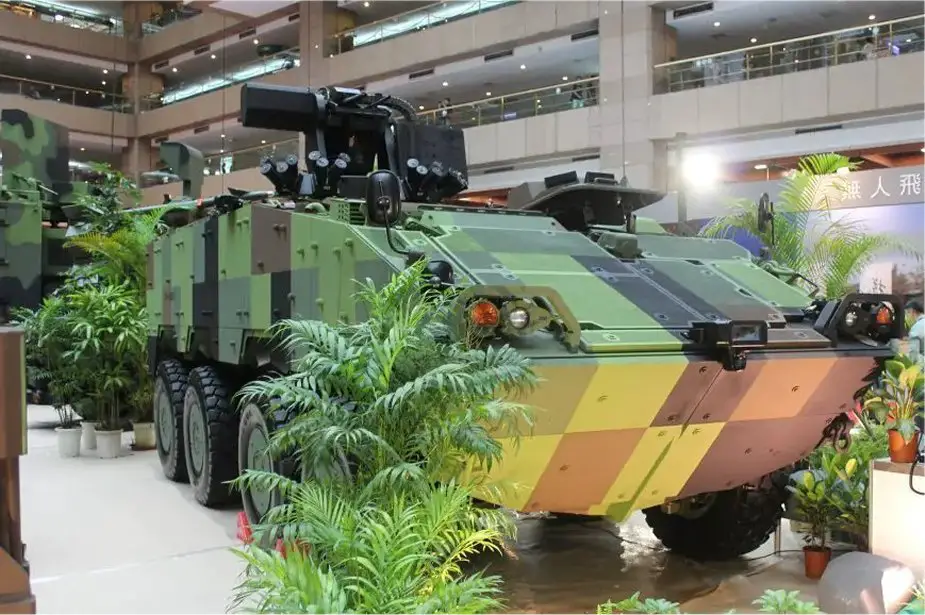Breaking news
Taiwan plans to develop 50kW laser weapon mounted on local-made armored vehicle.
In response to tensions with China, Taiwan is developing a 50-kilowatt laser weapon. The National Chung-Shan Institute of Science and Technology (NCSIST) leads this initiative, aiming to mount the laser on CM-32 Clouded Leopard armored vehicles. This strategic enhancement aims to neutralize potential threats from enemy missiles and drones, significantly strengthening Taiwan's defense capabilities.
Follow Army Recognition on Google News at this link

The laser weapon is set to be mounted on the CM-32 Clouded Leopard armored (Picture source: Army Recognition)
A defense official highlighted the substantial raw power of the laser, suggesting its capability to handle a variety of combat scenarios. This development follows a low-power prototype of the vehicle-mounted laser weapon unveiled last year by the NCSIST. With a fully operational prototype expected by the end of this year, trials and demonstrations are highly anticipated.
Given the increased tensions with China, the Taiwanese military is pressed to quickly integrate this laser system into its arsenal. This action underscores Taiwan's determination to maintain its sovereignty and protect its borders from growing Chinese military pressure.
Taiwan's efforts are not isolated; international collaborations play a crucial role. Although specific partners were not named, the United States, known for its advancements in laser development, might be among the "international friends" assisting Taiwan.
Before the 50-kilowatt laser project, the NCSIST had explored the potential of directed-energy weapons in conjunction with air defense vehicles. The focus was on enhancing conventional systems, which, although effective, come with higher operational costs and could be overwhelmed by large-scale drone attacks. The new laser weapon promises a cost-effective solution to this challenge, potentially countering China's drone strategies effectively.
Despite the technological promise, deploying such advanced weaponry comes with its own set of challenges. From high development costs and operational limitations due to atmospheric conditions to high energy demands and technical maintenance requirements, the path to operationalizing laser weapons is fraught with hurdles. Moreover, Taiwan's strategic focus on balancing high-profile acquisitions with assets better suited for an asymmetric defense strategy could influence the pace and prioritization of the laser weapons program.
As Taiwan navigates these challenges, the development of the 50-kilowatt laser weapon marks a significant step toward enhancing its national defense capabilities. Several states have recently announced the development of laser weapon systems, including the United States with an anti-air laser defense project, Russia with combat lasers, China with an air defense missile system, and the British with a laser weapon mounted on Wolfhound armored vehicles.
These directed-energy systems, precise and cost-effective, offer an innovative solution for quickly neutralizing aerial targets, laser weapons have now become an essential component of these nations' defense strategies.
Defense News March 2024

























